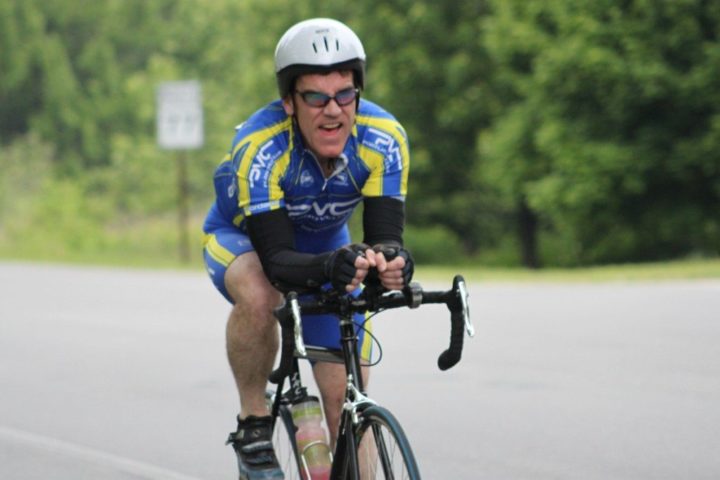No matter how fond of cycling you are, riding your bike on a long journey can take place in any triathlon training program .
Riding with friends or with a triathlon club and exploring new paths are two ways to pass the time, but if you add interval work to it, it can be the best way to break the mental and physical monotony of long trips. increases the aerobic capacity of the body.
Discover a workout that will allow you to improve your speed on the bike in a very short time.
What are the goals of this training program?
The goal of any cycling training is to create physiological adaptations in the body that allow us to ride longer and faster. Chris Hauth, founder of this advanced training program , points out six areas where integrating intervals into a long journey can help you. These are:
- Raise the Functional Power Threshold (FTP; ability to maintain maximum effort for 60 minutes).
- Increase in blood plasma levels.
- Increased mitochondrial density in muscles.
- Improved ability to use and replenish glycogen.
- Teach the body how to burn more fat for fuel.
- Improve oxygen consumption (VO2).

While steady-pace workouts make sense when you want to run a specific run, the goals of this cycling-specific training program are:
- Improve physical power and speed.
- Perfect the ability to take advantage of different energy systems.
Below are 3 different types of interval training that you can integrate into your weekly bike training for each of the two distances of an Ironman event.
Interval training for cyclists
1. Low and high interval training
They can be used for any distance of the race. The concept is to “work hard in an effort above race pace” and then “regain strength at a fair and moderate pace.”
However, it is noted that the pace of recovery is not easy to master.
1.1 Ironman
Take a 5-6 hour walk. From the second hour and until hour 4 of the walk, you should alternate between 5 minutes of high intensity and 5 minutes at a moderate pace.
1.2 Ironman 70.3
The principle is the same but with a shorter running distance. Take a 3 to 4 hour walk that includes 2 periods of 40 minutes where you will perform intervals of 4 minutes above your running pace interspersed with another 4 minutes below your normal running pace.

2. “Back-Half” intervals
This type of training will help you build the endurance you need for the second part of the race. Likewise, it will help you practice and train at the right pace.
In this workout, all intervals take place in the second half of the bike ride.
2.1 Ironman
Take a 2.5 to 3 hour walk at 10 to 15% below your maximum capacity. During the next 2.5-3 hours of the race, incorporate 10 sets of 5 minutes at a pace greater than 5-10% of what you would have in the race with a 2-minute rest interval. Make sure that the first hours you have ridden at a smooth pace to be able to face the intervals with guarantees.
2.2 Ironman 70.3
Take a 90-120 minute walk with an effort 10-15% below your maximum fitness. During the 90-120 minutes of the ride, incorporate 8 sets of 4 minutes with a 2-minute rest interval. During periods of high intensity you should exert an effort 5-10% above your target pace during the race.

3. Strength-resistance ranges TT
This training can help increase strength in cyclists, especially when they are on flatter terrain.
These are often called “long gait ranges”, as the goal is to drive a low cadence by carrying heavier gear over flat terrain. This training can also be done on hills but you should use a stronger and more intense gait in order to keep your pedaling cadence low.
3.1 Ironman
Take a 5-6 hour walk with 5 sets of 8 minutes at 50/60 RPM. The effort should be close to your maximum threshold, but the legs should not get too tired.
Rest for 2 to 3 minutes between each interval.
3.2 Ironman 70.3
Take a 3-hour ride with 4 sets of 8 minutes at 60 RPM. Your physical effort should be at or close to the maximum threshold. Rest for 3-4 minutes between each interval.
References
- Jordan White. Get More Bang for Your Long Ride Buck. To: ironman [Revised December 2015]